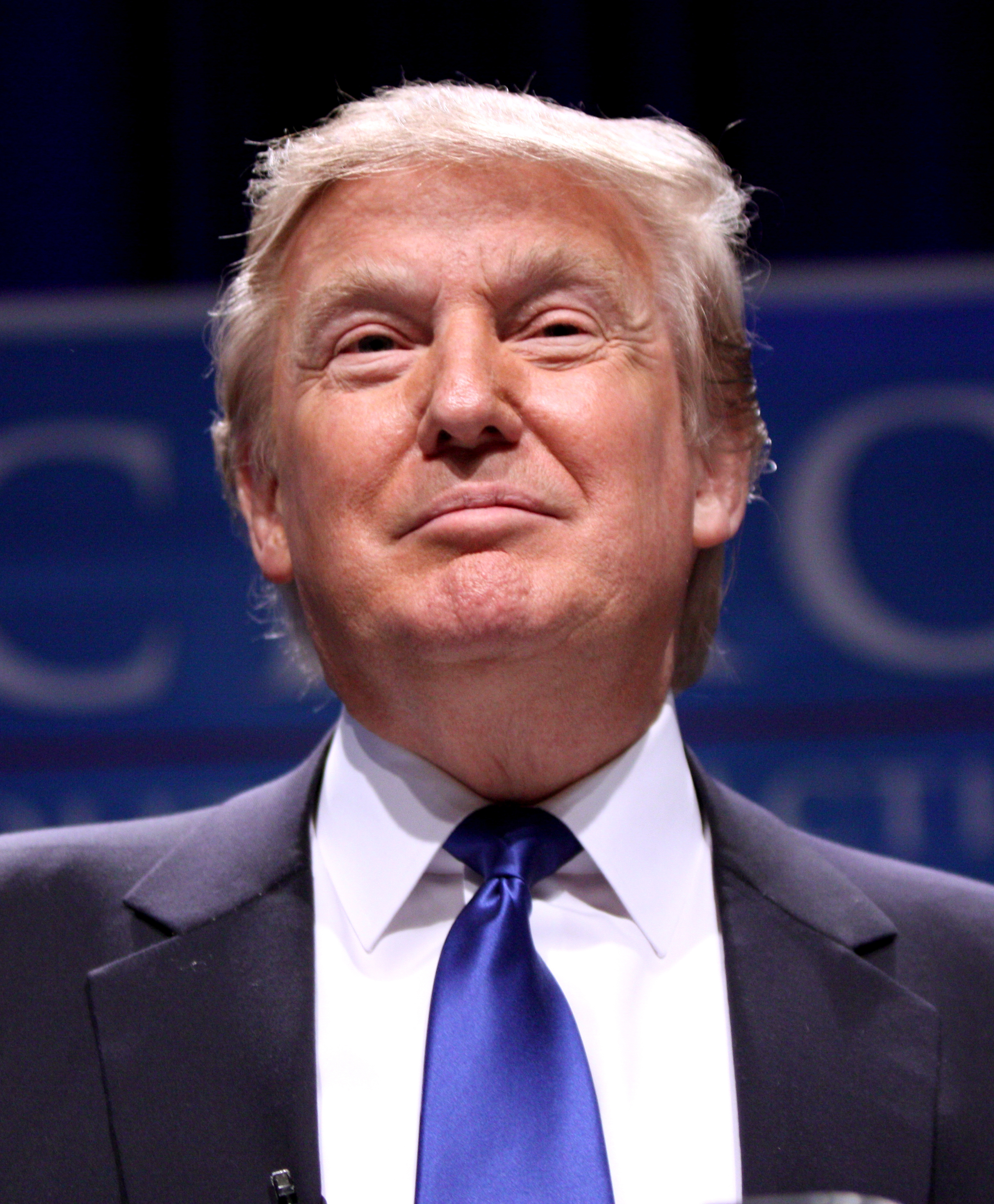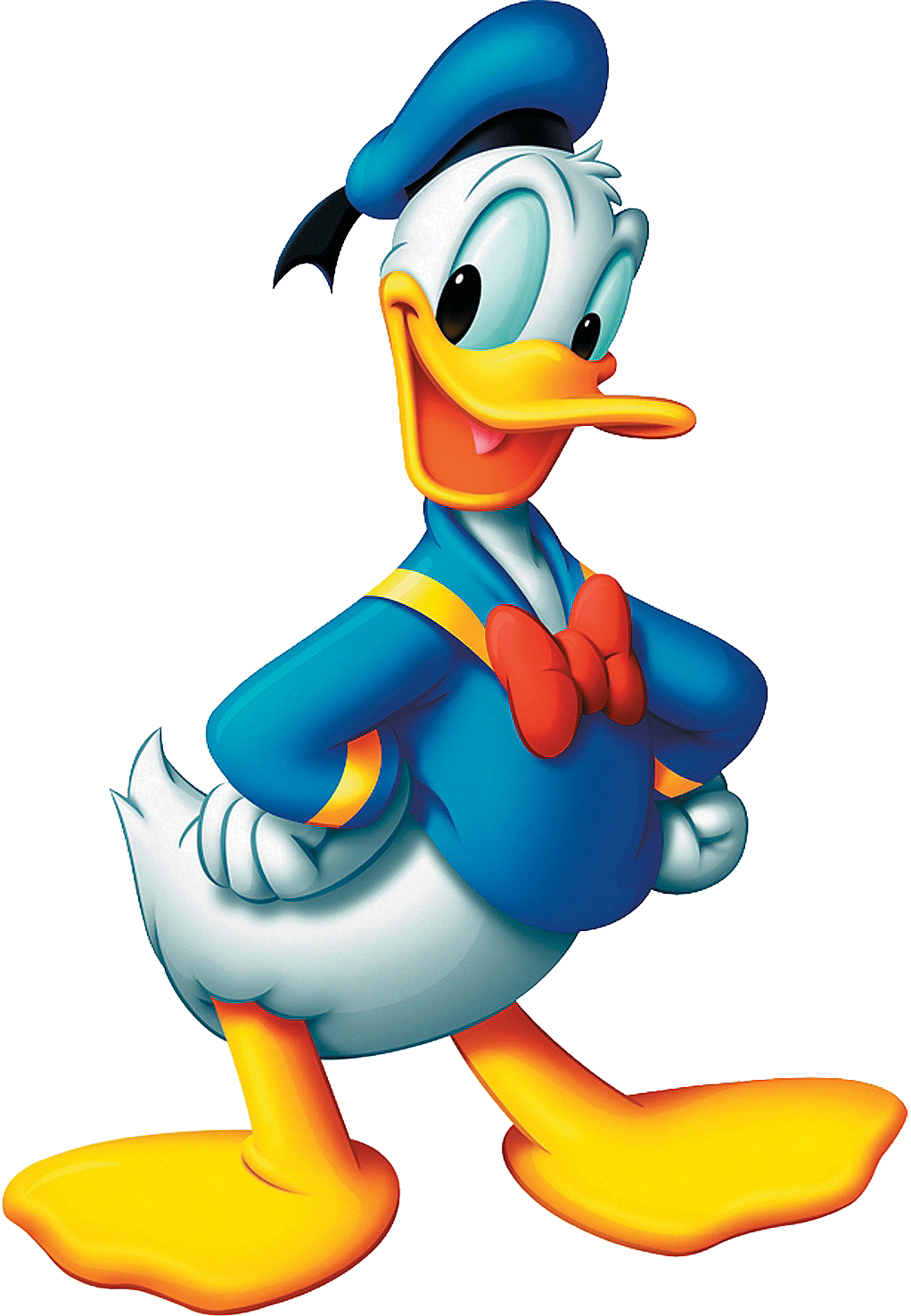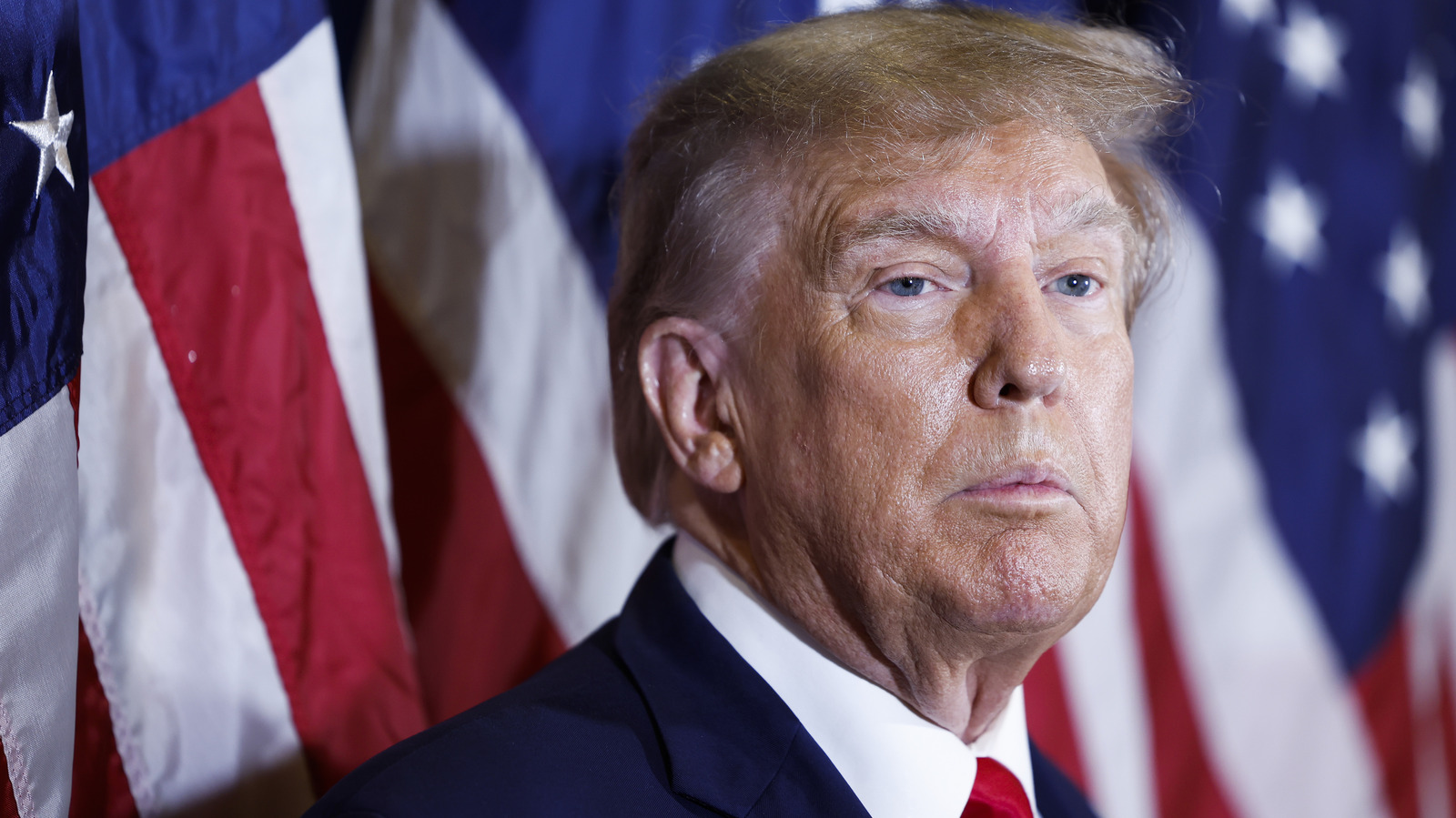Donald Trump- Skipping Ceremony For Fallen U.S. Soldiers
A recent development involving Donald Trump has brought attention to a sensitive matter, as reports indicate he chose not to attend a solemn gathering for American service members who lost their lives. This decision, concerning the respectful reception of those who gave their all, has, you know, sparked quite a bit of conversation among folks. It really makes people think about how leaders show their respect for those who serve.
The news comes from various sources, detailing how the former president was absent from what's called a "dignified transfer" for soldiers returning home after a tragic incident. Instead of being present, another person was sent in his place, which, in a way, shifted the focus of the event. This sort of situation often leads to public discussion about what's expected from our leaders during moments of national grief.
Such moments are, in some respects, seen as opportunities for national unity and shared mourning. When a high-profile figure like a former president is not there, it can, you know, leave many people wondering about the reasons behind the choice. The impact of such decisions often resonates deeply with military families and the wider community.
Table of Contents
- Donald Trump - A Public Life
- Personal Information and Background
- The Choice to Miss a Solemn Moment - Donald Trump and Fallen U.S. Soldiers
- What Happened in Lithuania? - Donald Trump's Absence from the Ceremony for Fallen U.S. Soldiers
- Why Did Donald Trump Skip a Ceremony for Fallen U.S. Soldiers?
- Past Instances of Absence - Donald Trump and Honoring Service
- How Do People React When Donald Trump Skips a Ceremony for Fallen U.S. Soldiers?
- Other Times Respect Was Shown by Donald Trump
Donald Trump - A Public Life
Donald John Trump has, you know, lived a life that has often been in the public eye, starting with his family's work in real estate. He gained a lot of recognition as a business person, building up properties and, in time, becoming a well-known figure in entertainment. His career took a rather different turn when he decided to enter the world of politics, eventually seeking the highest office in the nation. His time as president was, in some respects, marked by a range of decisions and events that kept him very much in the headlines.
Personal Information and Background
| Full Name | Donald John Trump |
| Date of Birth | June 14, 1946 |
| Place of Birth | Queens, New York City, New York, U.S. |
| Education | Wharton School of the University of Pennsylvania |
| Profession | Businessman, Television Personality, Politician |
| Spouse(s) | Ivana Trump (m. 1977; div. 1992), Marla Maples (m. 1993; div. 1999), Melania Trump (m. 2005) |
| Children | Donald Jr., Ivanka, Eric, Tiffany, Barron |
The Choice to Miss a Solemn Moment - Donald Trump and Fallen U.S. Soldiers
There was a particular evening when Donald Trump was expected to meet with the family members of four American service people who had, you know, lost their lives. Their coffins were returning from Lithuania, where these individuals had died in an unforeseen event. The plan was for the president to be present for what is known as a dignified transfer, a ceremony where the remains of those who served are brought home with respect. Yet, as the time came, the then-president made the choice not to be there himself. Instead, another individual, Pete Hegseth, was set to attend in his place, which, in a way, marked a departure from what many might have anticipated for such a sensitive occasion. This situation, you know, raised questions about the nature of leadership and public displays of respect during times of national sorrow.
The dignified transfer is a deeply meaningful event for military families and for the nation as a whole. It's a moment when the country, you know, formally acknowledges the sacrifice of its service members. When the leader of the country, or a former leader, chooses not to be present for such a moment, it can, in some respects, send a different kind of message. The absence from this particular ceremony, involving the return of those four soldiers from Lithuania, was, you know, noted by many observers and those who follow such events closely. It certainly got people talking about the various ways public figures approach their duties and their interactions with the public, especially when dealing with matters of loss and remembrance.
The details that came out about this specific instance showed that the four American troops had, you know, tragically passed away during a military training exercise that took place in Lithuania. The dignified transfer is a long-standing tradition meant to honor these individuals and provide comfort to their loved ones. The decision by Donald Trump to, you know, not personally attend this ceremony and to send someone else instead, was a point of discussion. It made people think about the significance of personal presence versus representation in such solemn circumstances. The event, in a way, highlighted the different expectations people hold for those in positions of power when it comes to showing respect for fallen service members.
What Happened in Lithuania? - Donald Trump's Absence from the Ceremony for Fallen U.S. Soldiers
The situation in Lithuania involved four American troops who, you know, met their end during a military training exercise. These kinds of exercises are, in some respects, a regular part of preparing service members for their duties, but sometimes, very sadly, accidents can happen. When these four individuals died, the process began to bring their bodies back home to the United States. This journey typically involves a dignified transfer ceremony at Dover Air Force Base, a place that has, you know, seen countless such returns over the years. It is a moment of quiet reflection and deep sorrow for the families and for the military community. The news that the then-president, Donald Trump, would not be there for this particular return of the fallen U.S. soldiers, you know, became a topic of public interest. It was a choice that, in a way, stood out against the backdrop of tradition.
Instead of the president attending, the task of representing the administration fell to Pete Hegseth, who was, you know, the secretary of defense at that time. His presence was meant to convey the nation's respect, even though the president himself was not there. This substitution, you know, raised questions

File:Donald Trump by Gage Skidmore.jpg - Wikipedia, the free encyclopedia

Donald Duck PNG

Donald Trump Makes History As First President To Be Arrested After